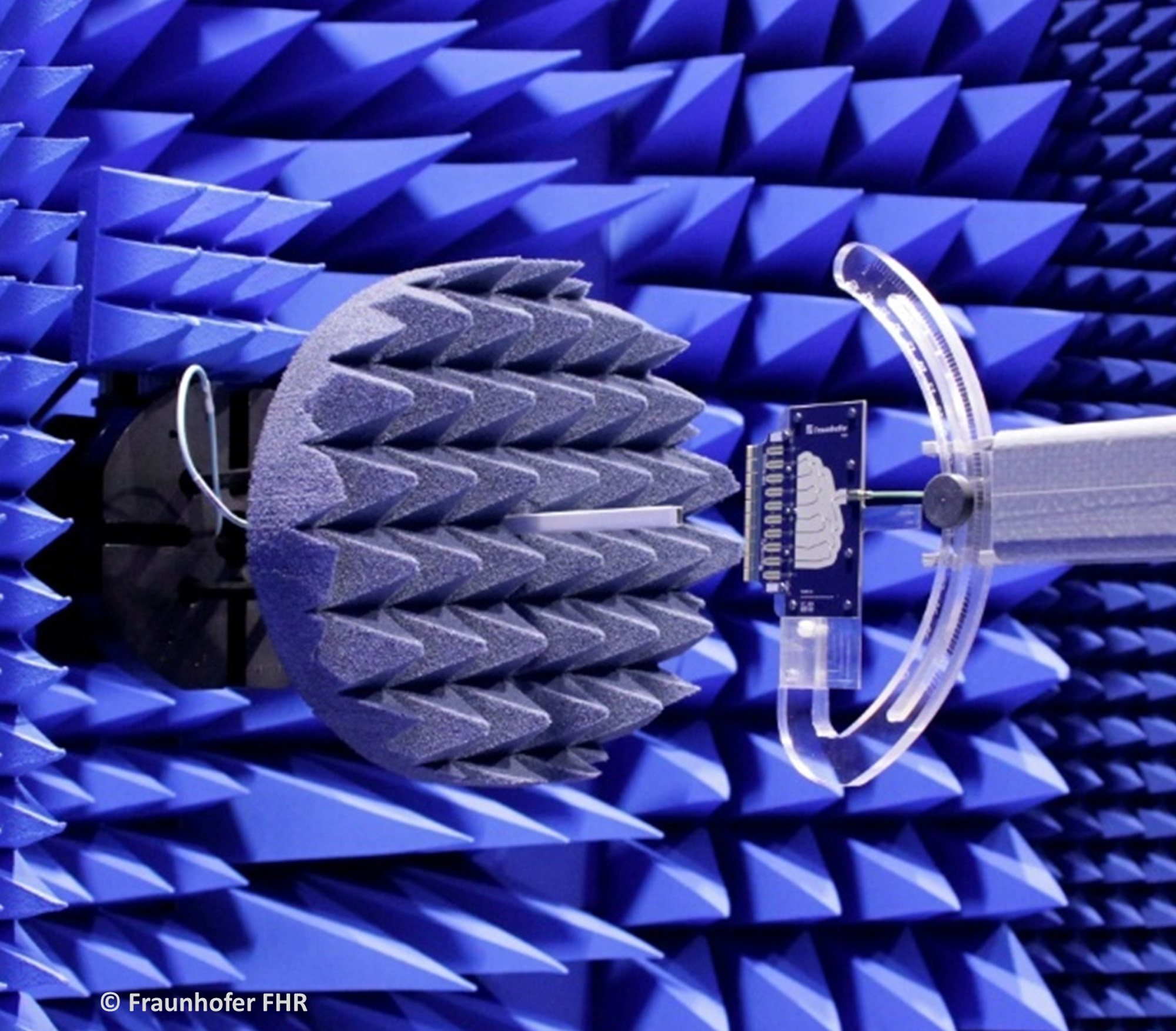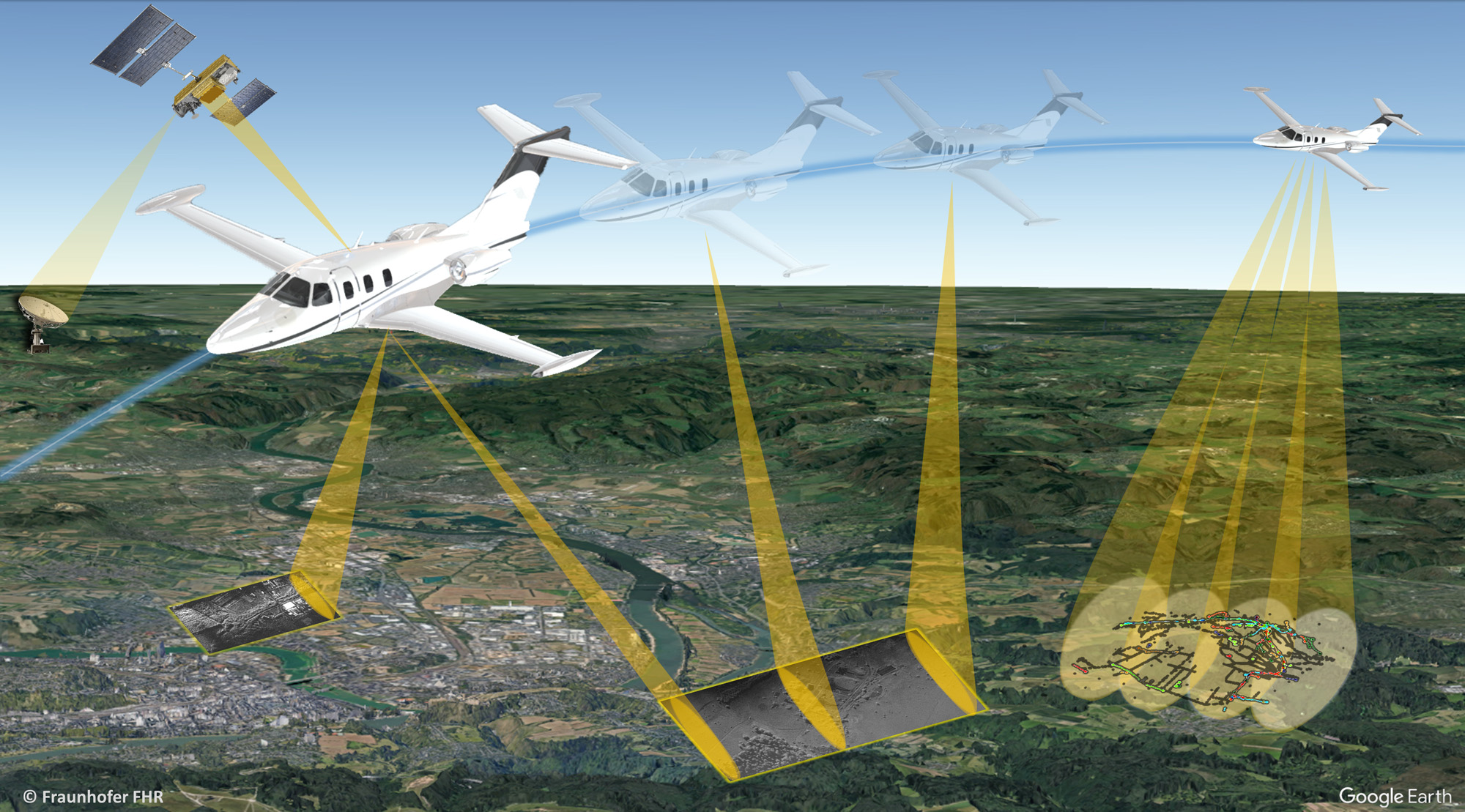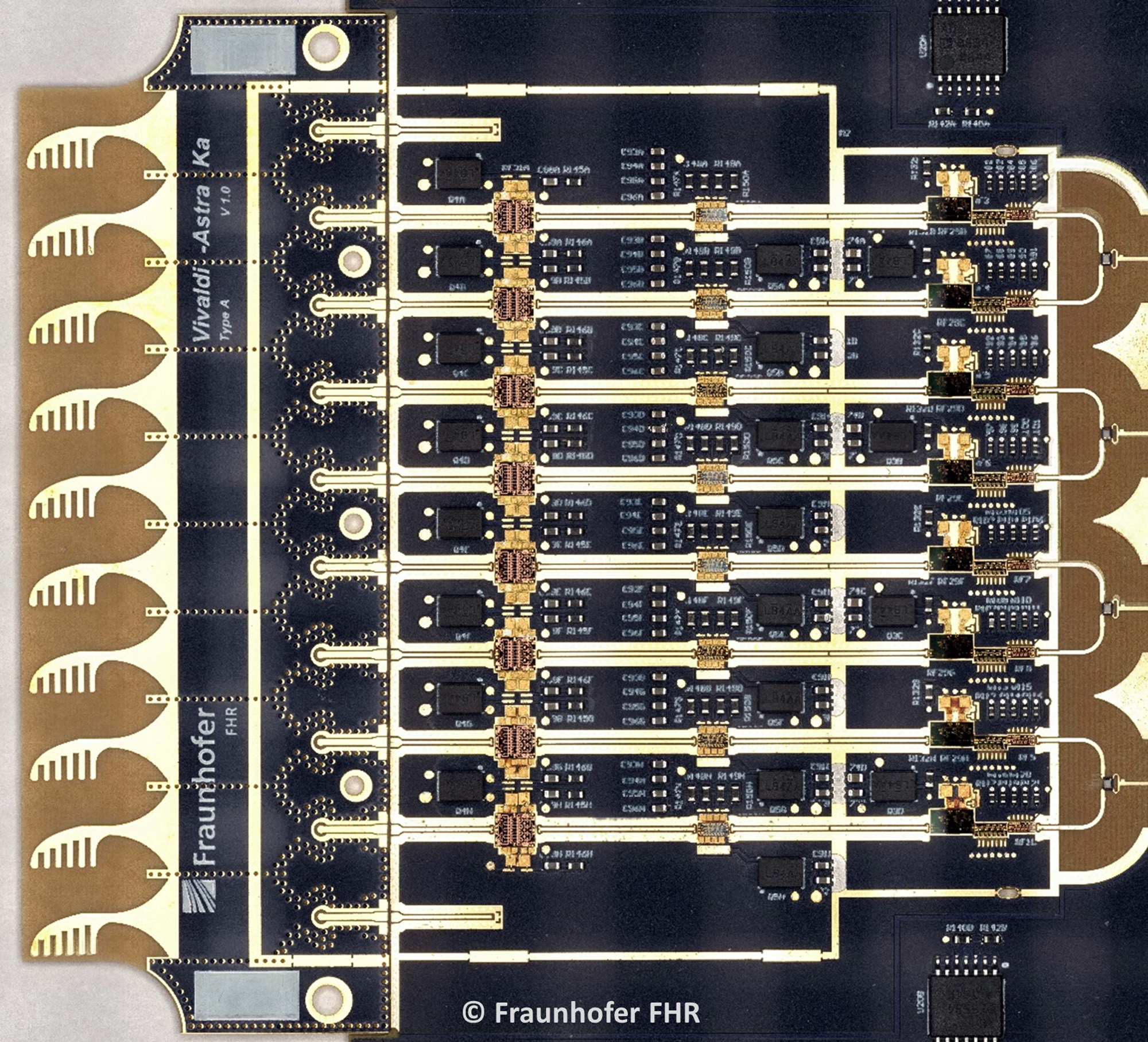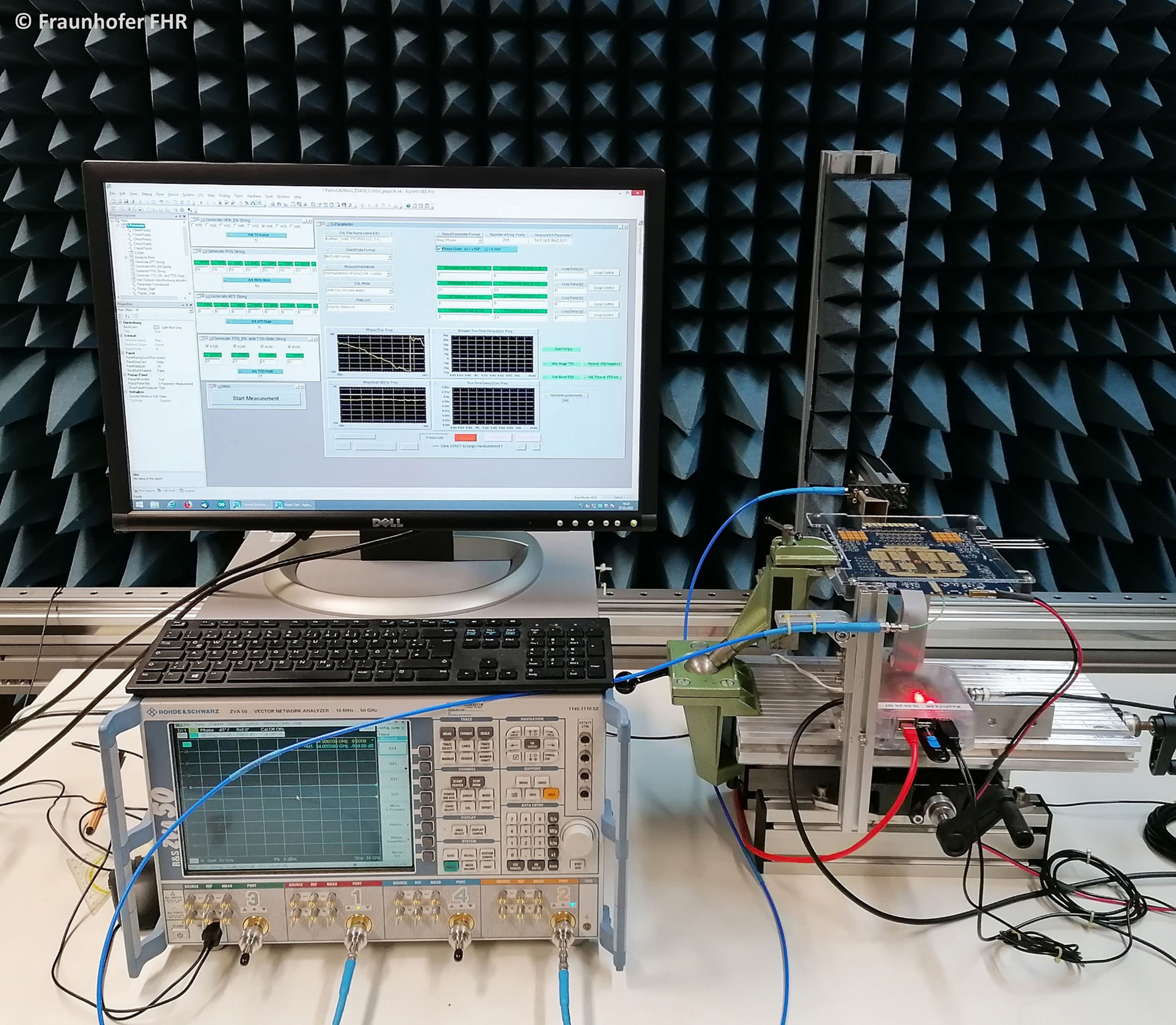»Eagle-eye radar«: Fastest change of line of sight during overflight
High-resolution images even though the radar and target are moving? Rapid changes in the direction of view? A new type of radar is supposed to make it possible.



An eagle achieves a very high resolution with its eye – even in flight it can keep an excellent eye on the ground conditions and interpret them extremely quickly. Researchers at Fraunhofer FHR are currently working on a technical reproduction of this performance: With a radar device that – attached to an aircraft – can not only observe the ground rigidly, but also has an agile field of view with high three-dimensional resolution, just like the bird of prey. It should be able to change its angle of view quickly to take a closer look at interesting scenarios. In the future, an algorithm that is also being developed will decide which scenarios are of interest.
High resolution and simultaneous change of viewing direction
The goal: A multifunctional radar that can scan ground scenes with high resolution, detect moving targets within, track them with high accuracy and, to this end, swivel transmit and receive beams within microseconds and with extreme precision. While conventional radars for ground observation mainly operate in the X band, the researchers are relying on the Ka band for the new radar, whose frequencies are about a factor of four higher than in the X band. To do this, they are combining a synthetic aperture radar, or SAR, with the capability of moving target detection and tracking (GMTI). This requires high system bandwidths: because only these enable high resolution in imaging modes of operation – even now, the ground resolutions achieved are less than two centimeters by two centimeters. One challenge: Particularly in the case of changes in the direction of view – which, after all, constitute an agile field of view – quality losses occur with high signal bandwidths, whereby the radar beam deviates from its actual direction of view. This is also referred to as frequency-dependent phase distortion or squint effects. New methods in hardware development can prevent these unwanted effects. The corresponding components of the radar system, especially in the antenna front end, must be designed that inertia-free, electronic 2D beam steering is possible – i. e. the beam can be steered both horizontally and vertically with maximum accuracy. The researchers thus want to ensure distortion-free signal propagation in the various directions. Further challenges lie in optimizing the signal-to-noise ratio and the range to be achieved – the research team is also optimizing these points as part of the project.
Small and light
Another aspect – and the intention why the radar operates in Ka band: Classic X band radars are comparatively large. Ka band allows for smaller and lighter antennas and sensors. The size of the antenna aperture – the area that radiates energy into the surrounding space – can be reduced by 90 percent by switching from the X band to the Ka band. This is especially important when using the multifunctional radar sensors on small moving airborne platforms such as light aircraft and drones, or in the future in formations of airborne platforms that swarm to observe scenarios from different directions. In addition, the research team is working to match the dimensions of the rest of the system (backend) to the downsized antenna aperture. This primarily requires a compact design of the electronics. Among other things, this also raises questions of heat generation and thermal management – after all, heat is dissipated more poorly from small volumes. Appropriate concepts for this are also being investigated in the project.
Fundamental to such volume reduction are integrated high-frequency chips for the Ka band and compact design techniques – while simultaneously increasing performance. A particular challenge lies in the increased free-space attenuation for signal propagation in the Ka band compared to that in the X band, which reduces the range of the radar for the same system performance. How can this be maintained at similar levels? This is where the reduced-volume sensor technology comes into play again: since more antenna elements can be accommodated in a smaller area, the radiated power per area increases – which helps compensate for the loss in terms of range. In addition, the significantly increased reflectivity of ground structures during illumination with Ka band signal energy also helps increase the distance between the target area and the radar. On the technical side, the researchers have already developed the prototypes of the system’s array modules, and the test environments have also been realized. They are currently working on the construction of a phased array demonstrator, and the next step will be the serial production of the front-end components.
Interesting also for communication
As far as applications are concerned, the new radar is particularly suitable for aerial reconnaissance of ground conditions – after all, the focus is on an imaging application due to its high resolution capability. But the researchers are also keeping an eye on other applications: For example, the type of electronic beam direction control can also be used for communication systems. This is particularly interesting for future electronically slewing broadband antennas that ensure broadband communication between the ground station and satellites. Or also for communication of an aircraft with the ground station, for example via a satellite link: Via compact electronics installed in the fuselage, for example, a combined communications and radar system of the aircraft would have alternating views of various satellites distributed across the sky – again, very rapid changes in the angle of view are always required. Agile changes of viewing direction of the observation antennas are also required when the airspace is to be monitored from the ground. One possible scenario is drone radar to increase security at an airport. The investigations being carried out by the research team in the project are providing the groundwork for novel applications of radars for and with communications tasks.
